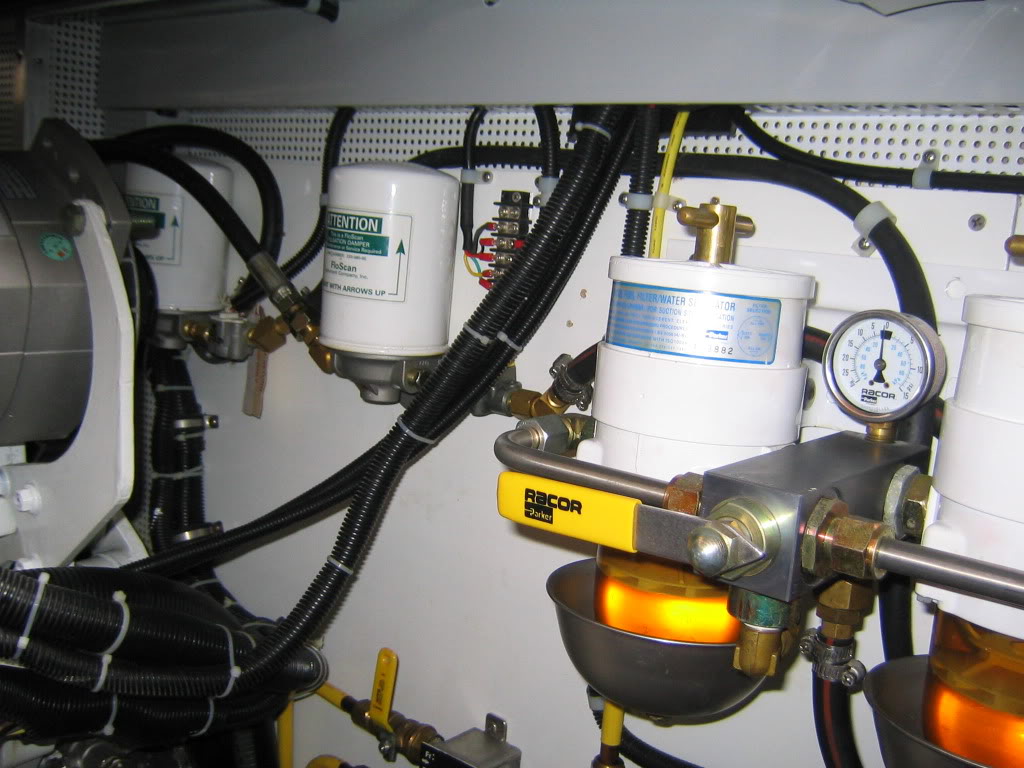Codger2
Guru
- Joined
- Oct 11, 2007
- Messages
- 6,691
- Location
- US
- Vessel Name
- Circuit Breaker
- Vessel Make
- 2021..22' Duffy Cuddy cabin
Although my 32' Halvorsen has a FloScan, it's not the easiest thing to calibrate...no matter what anyone says. In my (new to me) boat, the addition of the multi tank "Tank Tender" is most welcome! Other than a sight tube, the "Tank Tender" is the most accurate devise out there. (Dip sticks not withstanding.) MY OA 42 has both.They're are way more accurate solutions out such as Maretrons. No need for those big pulse dampeners either.





 We bought a trawler about 9 months ago. Though she is work in progress she is functional and we have taken numerous short day and weekend trips locally learning our new boat. Her twin tanks approx. 400 gallons were filled upon us receiving the boat. I have been watching the sight glasses pretty regularly and became concerned when they didn't show the fuel usage I figure we were using knowing how many hours I had run the engine. I had checked the valves at the top and bottom more than once to ensure they were open. This weekend while in the engine room checking things over I reached over and thumped the fuel tanks. To my horror they sounded really empty still showing about 3/4 full in the sight tubes in both tanks. I shut the valves drained the sight tubes and reconnected them. turned the valves on and low and behold they show about 1/8 full each tank. I am confused how can sight gauges be that far off. Do I have a venting issue. Ideas anyone? Considering a alternate fuel monitoring system that doesn't require going to the engine room to look. But I figured the sight glasses were probably the most accurate way to go and it never hurts to take a peek in the bilge.
We bought a trawler about 9 months ago. Though she is work in progress she is functional and we have taken numerous short day and weekend trips locally learning our new boat. Her twin tanks approx. 400 gallons were filled upon us receiving the boat. I have been watching the sight glasses pretty regularly and became concerned when they didn't show the fuel usage I figure we were using knowing how many hours I had run the engine. I had checked the valves at the top and bottom more than once to ensure they were open. This weekend while in the engine room checking things over I reached over and thumped the fuel tanks. To my horror they sounded really empty still showing about 3/4 full in the sight tubes in both tanks. I shut the valves drained the sight tubes and reconnected them. turned the valves on and low and behold they show about 1/8 full each tank. I am confused how can sight gauges be that far off. Do I have a venting issue. Ideas anyone? Considering a alternate fuel monitoring system that doesn't require going to the engine room to look. But I figured the sight glasses were probably the most accurate way to go and it never hurts to take a peek in the bilge.